Identify the Fiber Color Code
We have been using different types of fiber optic cable in labs and data centers for years. It is not unusual for a green hand to mix up the 50/125 and 62.5/125 multimode fibers, or the single mode fibers, not to mention the multi-fiber cables that may consist of tens and hundreds of fibers. Fortunately, there are systems made to address these issues, such as the EIA/TIA-598, which is the most recognized system worldwide. It includes fiber color code for different types and numbers of optical fiber cables. These fiber optic cable color codes help us to identify an optical fiber cable from its jacket, buffer, tube, connector, etc.
Outer Jacket Color Code
Colored outer jackets or print may be used on outside plant and premises fiber cables, e.g., fiber distribution cables, fiber optic patch cords, etc. In EIA/TIA-598, the fiber color code defines the jacket color codes for different fiber types. So for optical fiber cable that contains only one type of fiber we can easily identify it by its jacket color; unless otherwise specified, the outer jacket of premises cable containing more than one fiber type shall use a printed legend to identify the quantities and types of fibers within the cable, for example “12 Fiber 8 x 50/125, 4 x 62.5/125.” Here are the jacket color codes for different fiber types:
Besides the jacket colors specified in fiber color code standard, other colors may also be used if the print on the outer jacket can tell the fiber classifications. Such colors should be agreed upon between manufacturer and user.
Inner Cable Organizational Fiber Color Code
Inside a multi-fiber cable, individual fibers are compliant to fiber color code as well. They are often distinguished from one another by color-coded jackets, buffers or tubes on each fiber. According to EIA/TIA-598, inner fibers are color coded in a group of 12 fibers and they are counted in a clockwise direction.
There are two situations for multi-fiber cables:
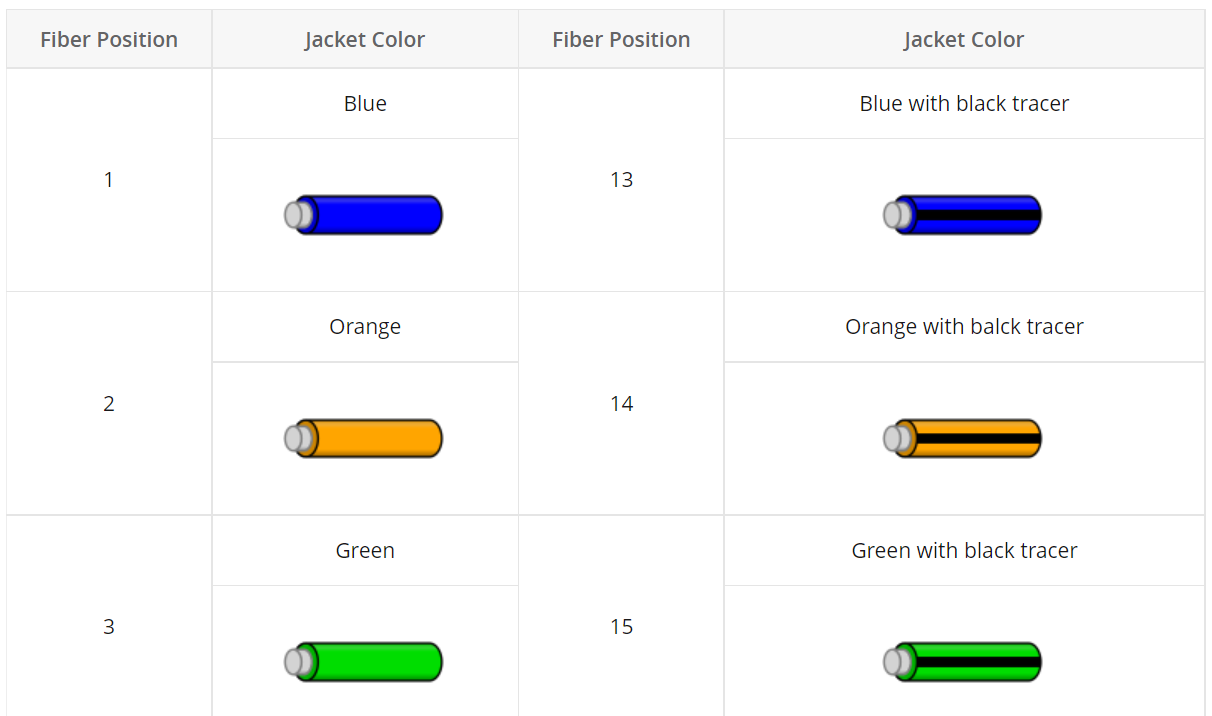
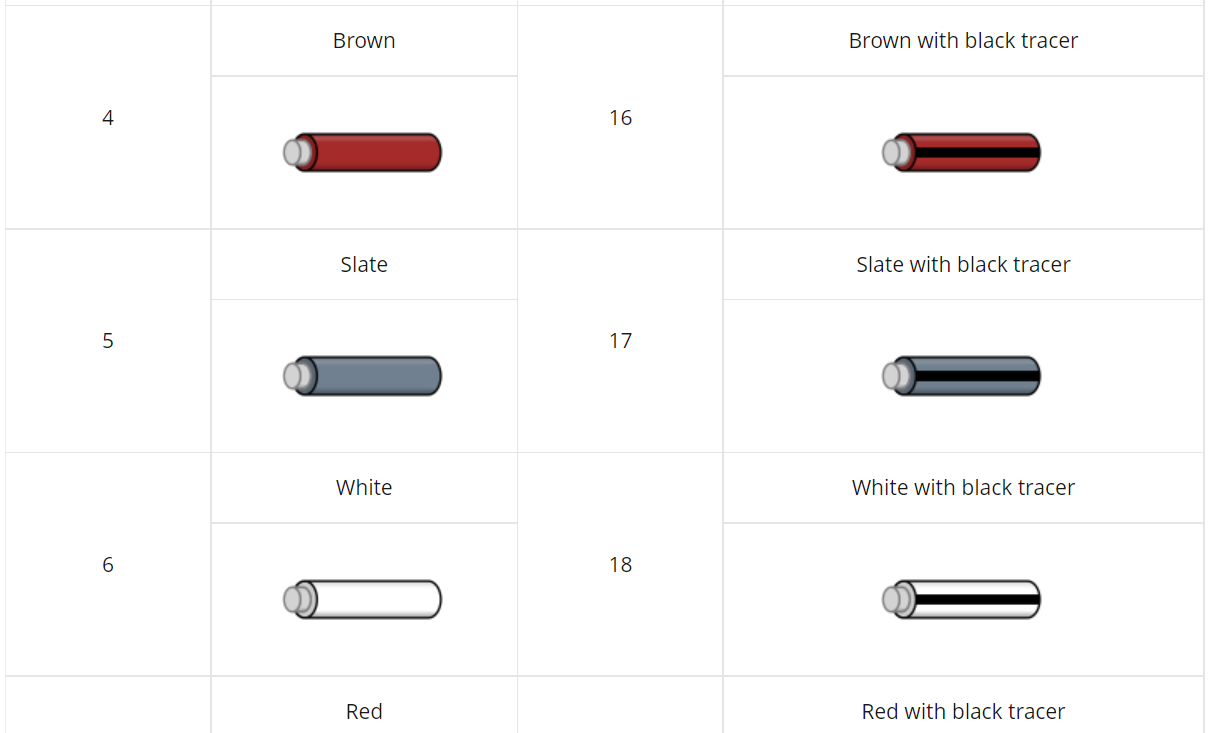
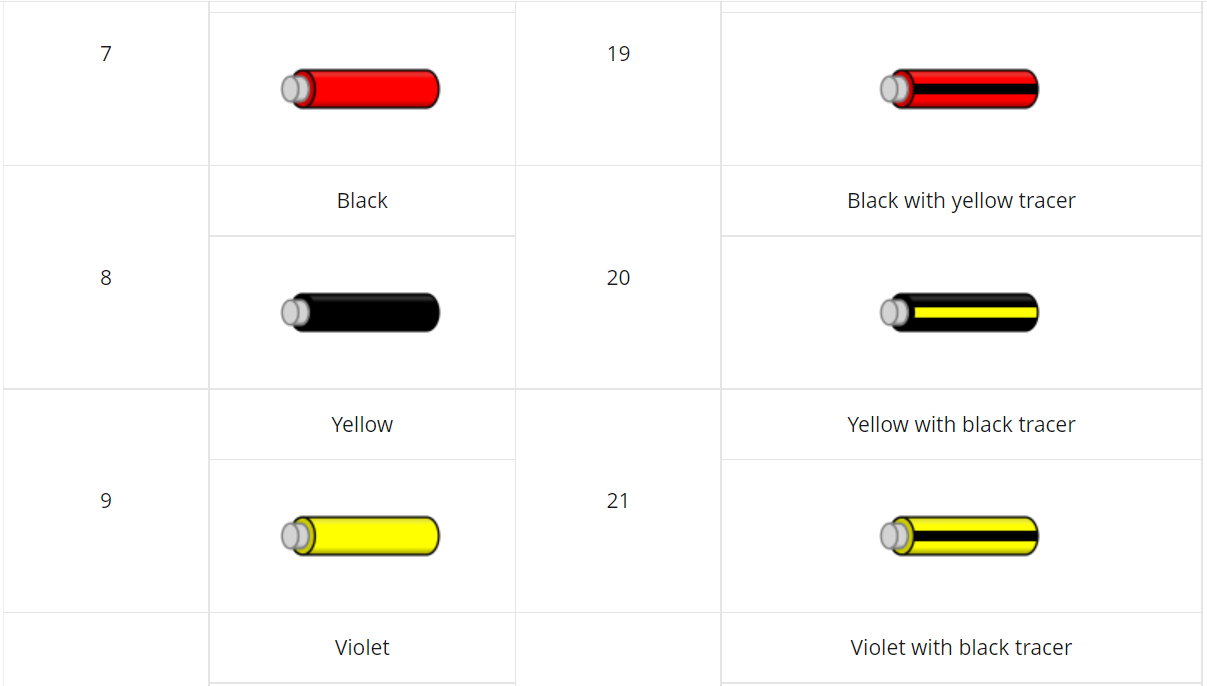
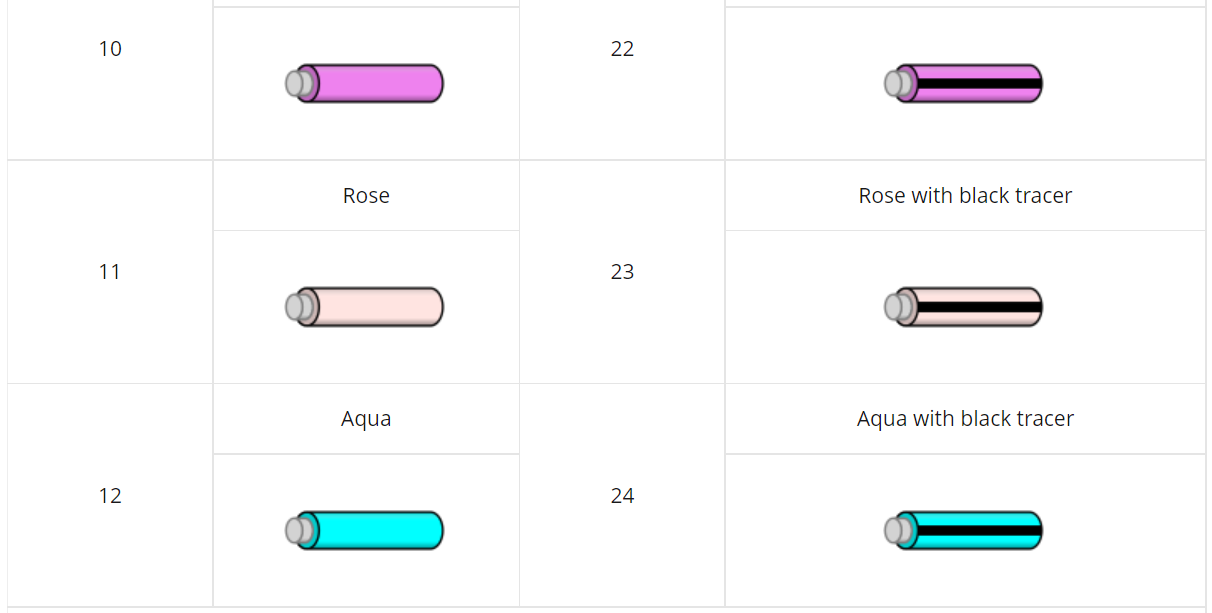
Connector Color Code
Connectors are also a part of the fiber color code. Since there are different polish styles of fiber end-face, the connectors of fiber jumpers and the mating adapters are color coded for identification. However, the advent of metallic connectors like the FC and ST made connector color coding difficult, so colored strain relief boots are also used. The boot color may vary among manufacturers.
Conclusion
Fiber optic cable color code is a system that helps us distinguish fiber types visually from the colored fiber jacket, fiber connector, fiber boot, etc. The optical fiber color coding is also practical for fiber optic engineers during splicing, because the colorful fibers also help ensure the continuity of color codes throughout a cable run. Thus, fiber cable color coding is essential to fiber optic communications like the twisted pair color coding to copper wiring systems.
Source: community.fs
Related products...
fiber-optic-cable
fiber-optic-cable
fiber-optic-cable











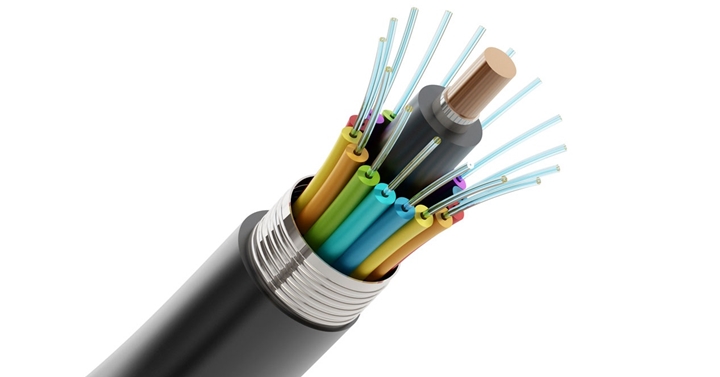

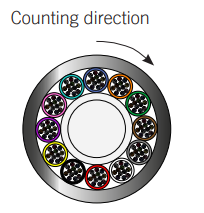
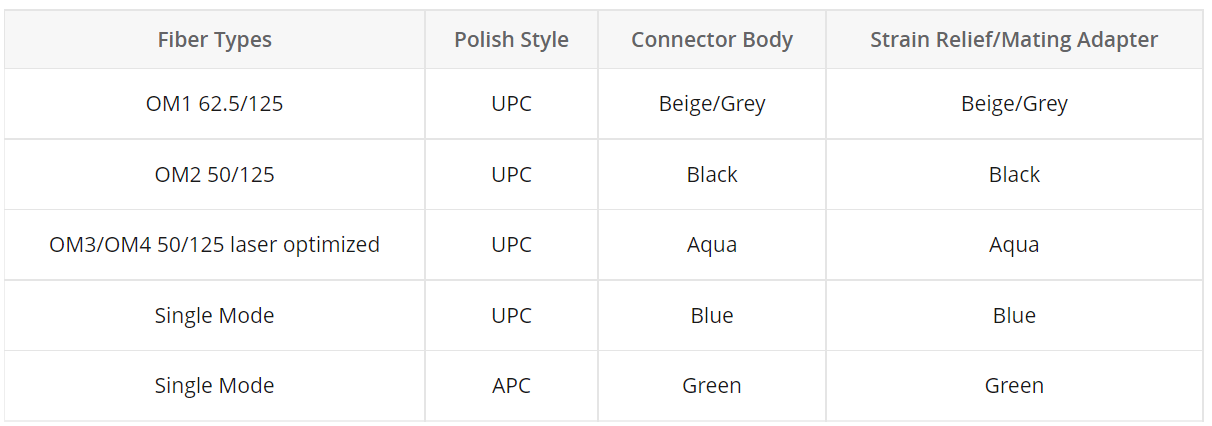

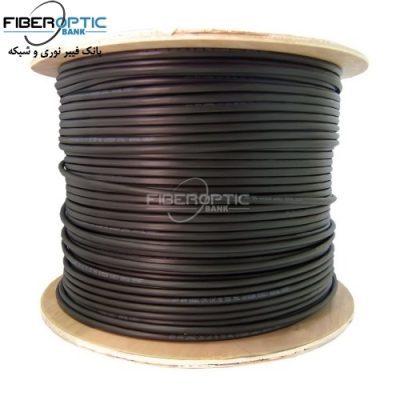


[ratings]